Life In An Outreach Mission
DAY 1
One normally finds us at the airport during the wee hours of the morning to catch the first flight out of Manila to our destination.
After being met by the local host at the airport, we proceed to our hotel to check-in, take an early breakfast, and freshen up.

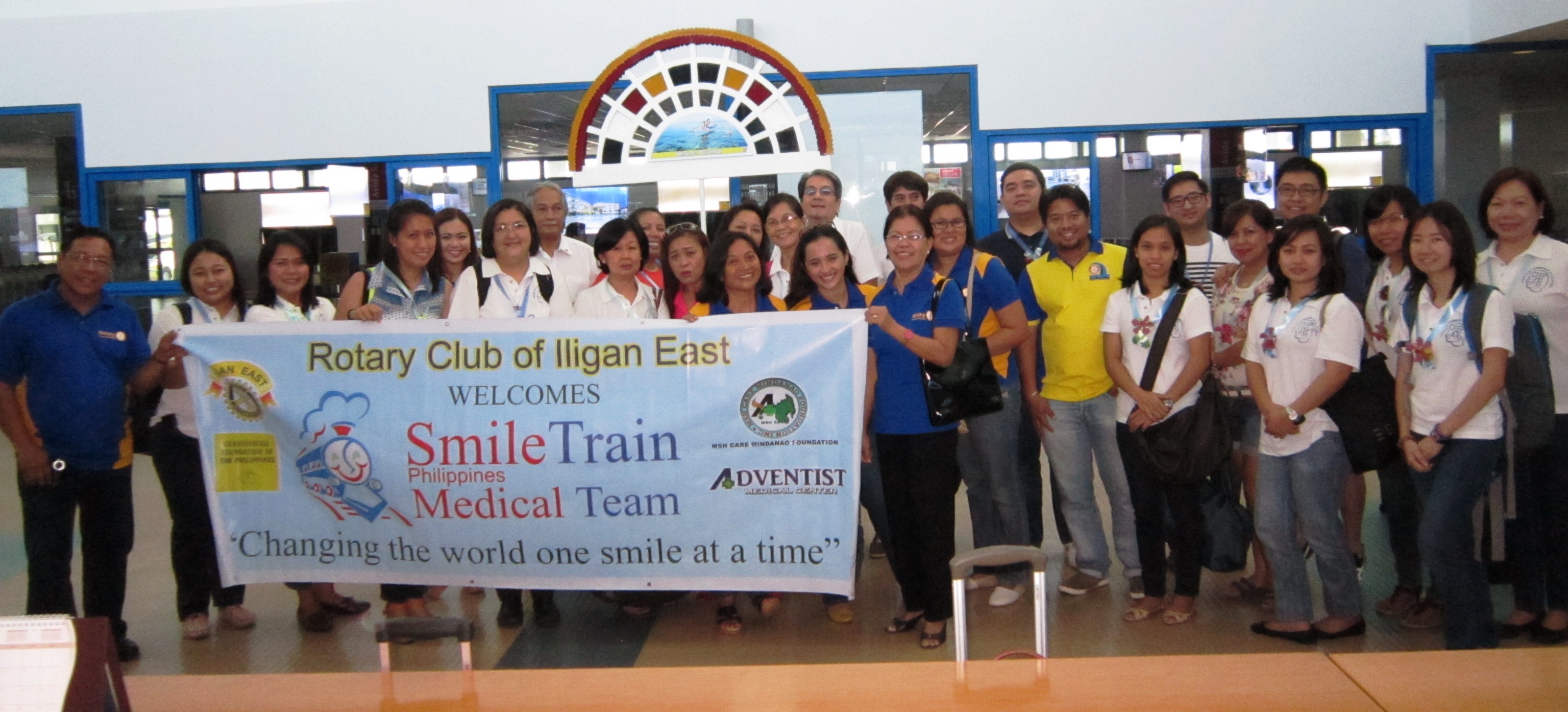

Then off to work we go. First stop, we make a courtesy call with the Medical Director of the hospital we will be using for the surgeries of the cleft patients.
Screening the patients is tedious work which entails not only interviews, photos, consultations with our volunteer pediatricians, plastic surgeons, and lastly the anesthesiologists who have the last say on whether or not the patients can be cleared for surgery. Once they pass muster, pandemonium begins when the I.V. needles are inserted.
Once admitted, the patients wait in their assigned beds for their names to be called for surgery. Before we even arrive, we normally instruct ahead of time, based on the results sent to us by the host at least a week before we arrive, which patients to NPO before our arrival so that they can be scheduled for surgery immediately once they are cleared for surgery during the Screening.



After a late lunch, surgery commences. Our volunteer Pediatricians proceed to the Recovery Room to oversee the care given to the patients coming out of the O.R. After a tiring day, off to dinner we go courtesy of our local host.


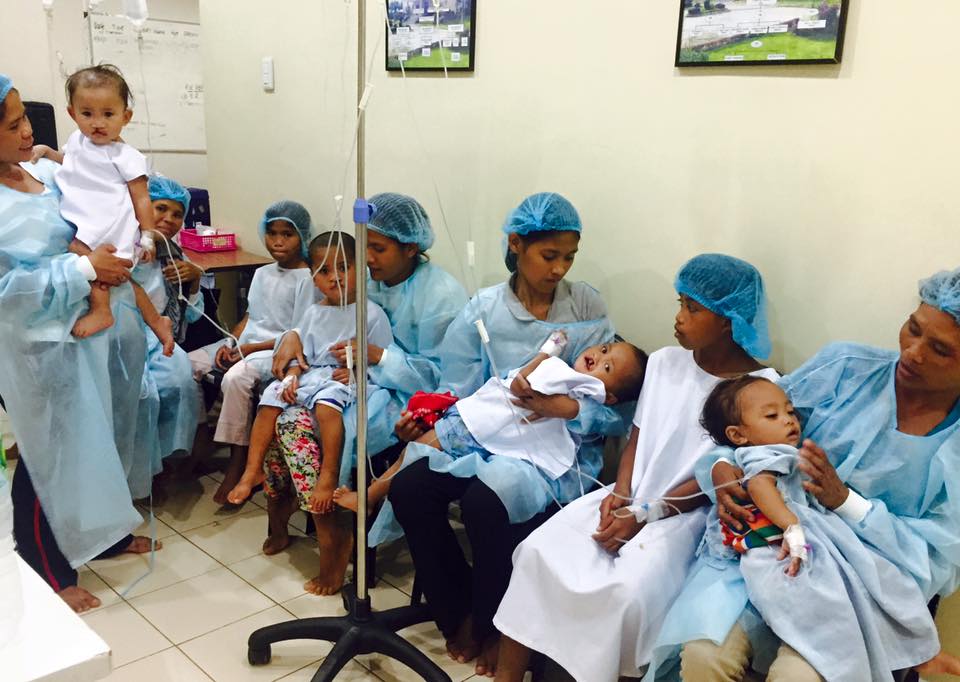


DAY 2
Our day starts with an early breakfast at the hotel. By 8am, we’re on our way to the hospital. Then we split up to our respective responsibilities. Some doctors and nurses do the early rounds to check on the patients operated the day before, while the rest proceed to the O.R. for an entire day of surgeries.
We take special pains to connect with the children in the O.R. Holding Room so that they do not enter a room of strange faces when they enter the O.R. We remove our masks for them to see our faces so that they see a familiar face when they enter the O.R.
Several teams, each team composed of a Plastic Surgeon Anesthesiologist, and O.R. Nurse, work simultaneously. The number of teams that we bring is based on the number of patients the local host is able to gather. A stickler for quality and not quantity, each team is assigned at least 10 patients for the duration of the mission. An additional Anes floater is always available to assist any table in need of assistance. Additional days are factored in when the patient count increases.
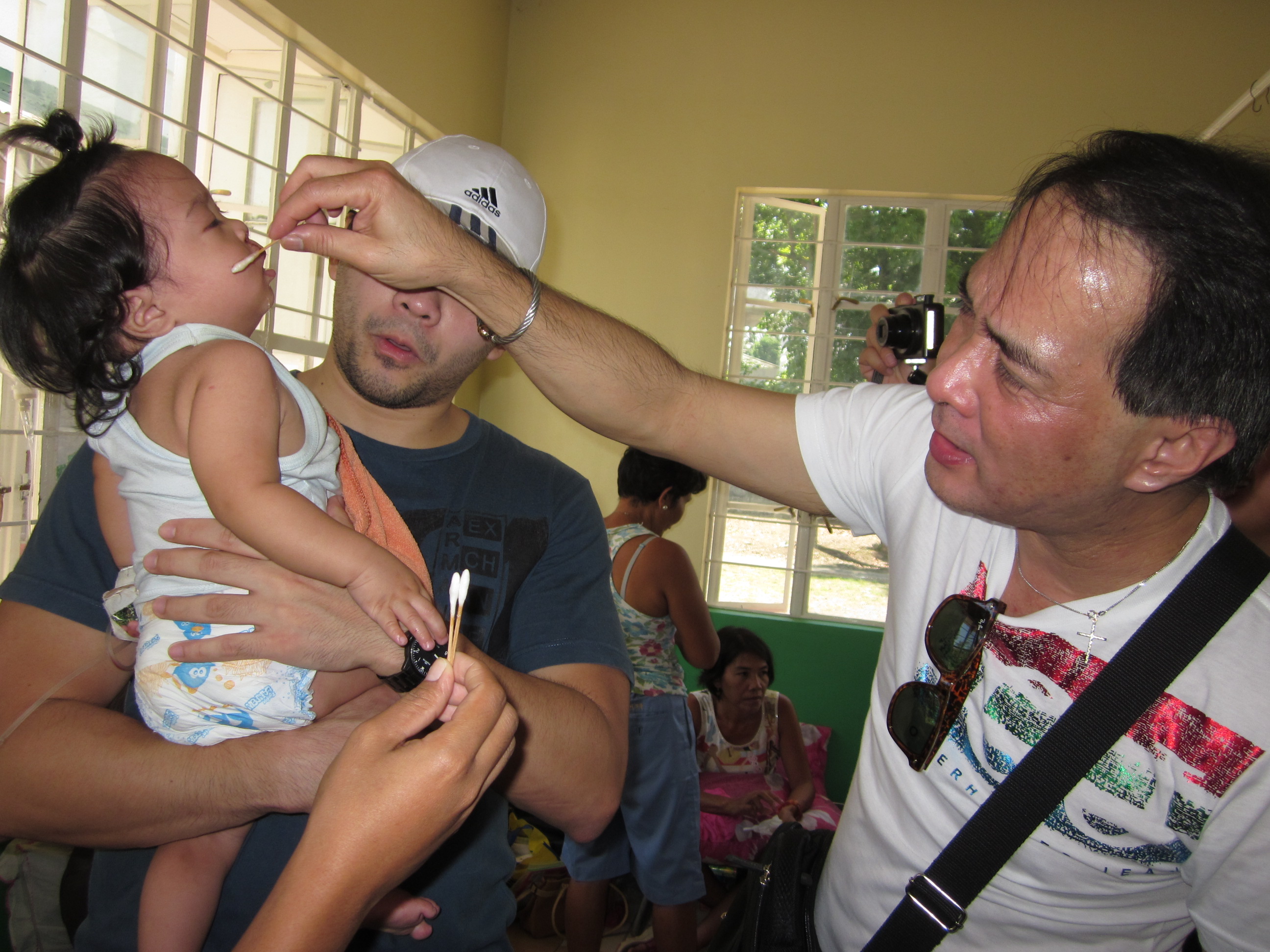


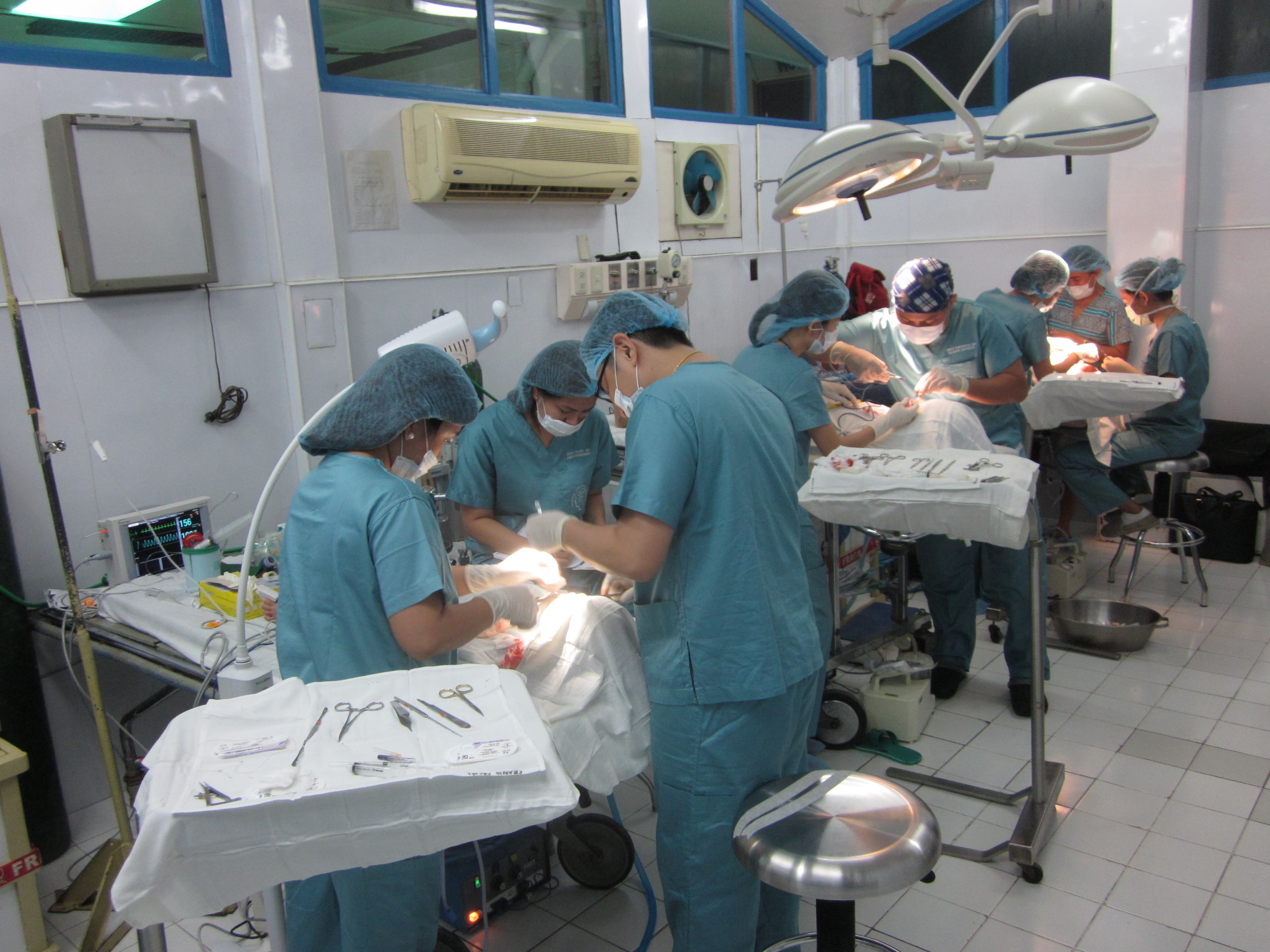

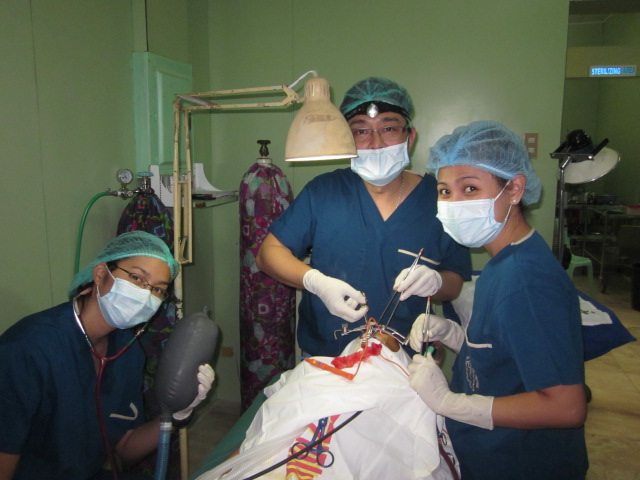
While the surgeries are ongoing, the parents are gathered to listen to a series of lectures prepared to help them navigate the needs of their children once they are discharged.
Parental Counseling is used as a tool to explain to them the root cause of cleft deformities and dispel several myths – that it happens when a woman stumbles or falls during pregnancy; and that the speech of a cleft palate patients will automatically be corrected once the surgery is performed. Also impressed on the parents is the fact that no matter how skilled the surgeon is, the aftercare provided by the parents will play an important role in the outcome of the surgery.
Malnutrition being one of the culprits for cleft deformities, a lecture is conducted to impress on the parents the benefit of malunggay (moringa), a leafy vegetable that can grow anywhere at no cost to them. The parents are taught how to prepare it to get best nutritional results. This benefits not only the malnourished children who in extreme cases are not cleared for surgery for obvious reasons, but also pregnant mothers with a history of delivering cleft babies.
Last but not the least in the lecture series is a Home Study Program crafted by the CFFP Speech Pathologists which empowers the parents of cleft patients to play an active role in their speech development. Cognizant of the fact that Speech Pathologists are rare or non-existent in the provinces, the parents are taught basic speech exercises which they in turn can teach their children once their operative areas are fully healed.


Off to the airport we go, imbued with a sense of fulfillment no amount of money can replace. The smiling faces of the patients and grateful platitudes of the parents is a humbling experience when one considers that we should be the ones thanking them for entrusting their children to our care and for giving us the opportunity to give back to the Lord the God given talents that He bestowed on us. Amen.?